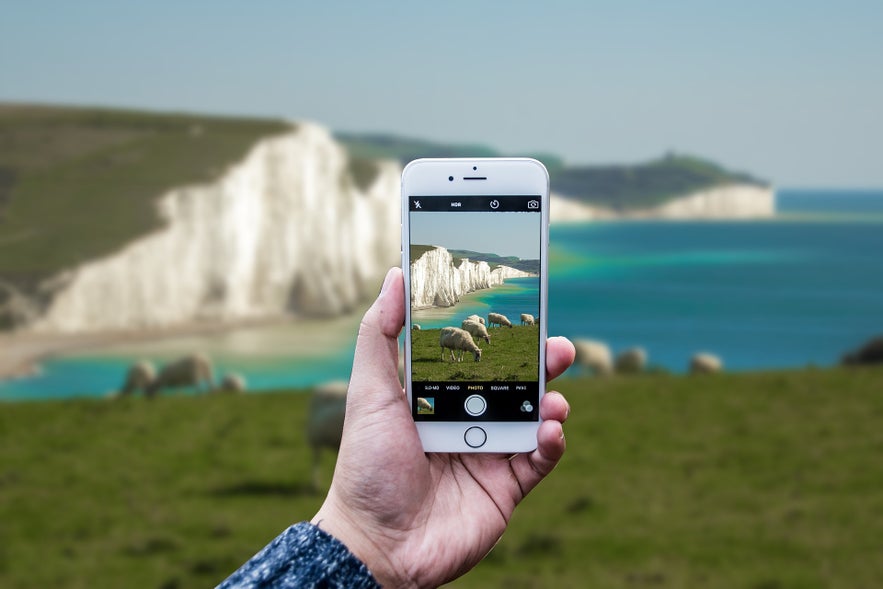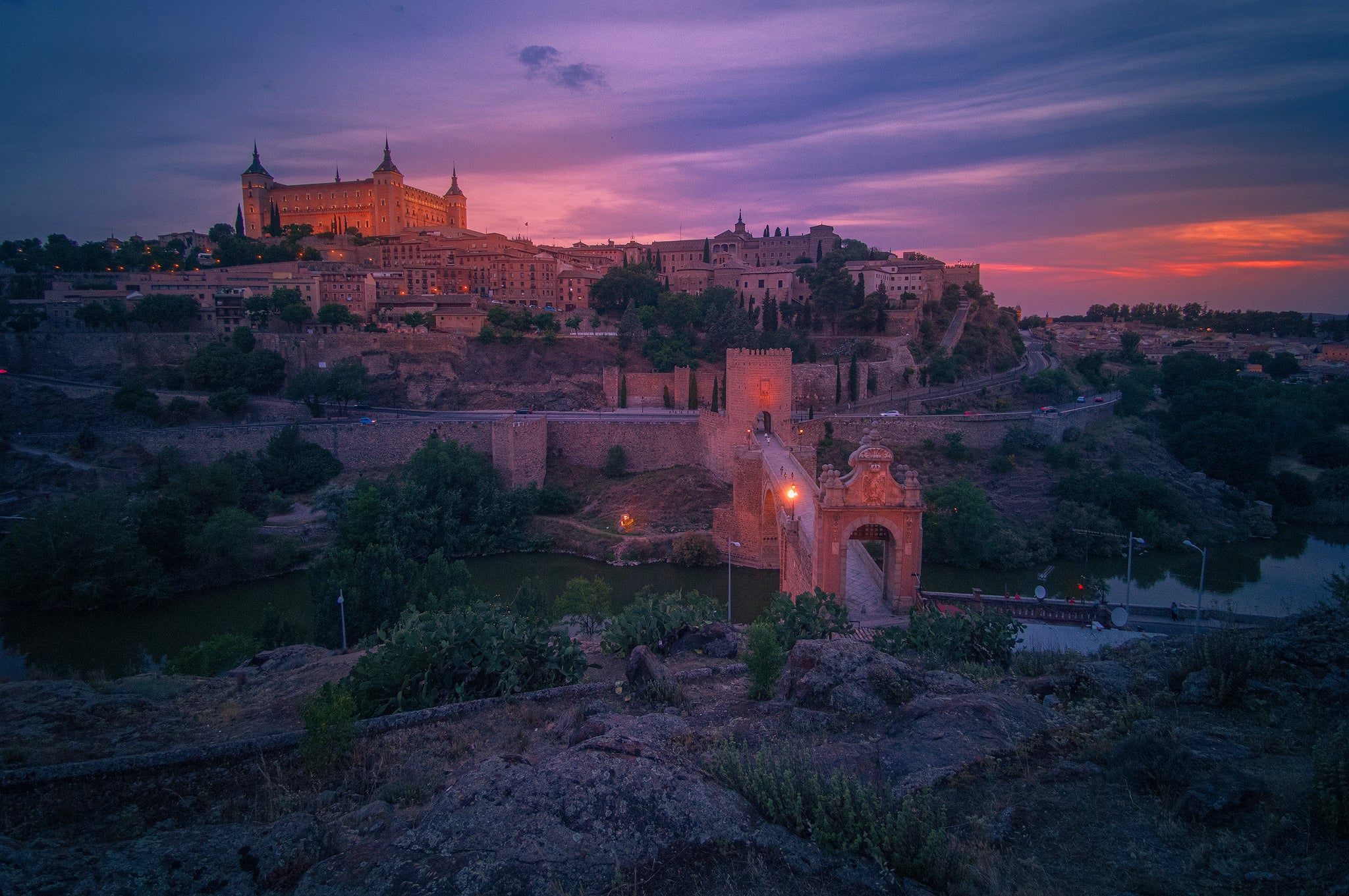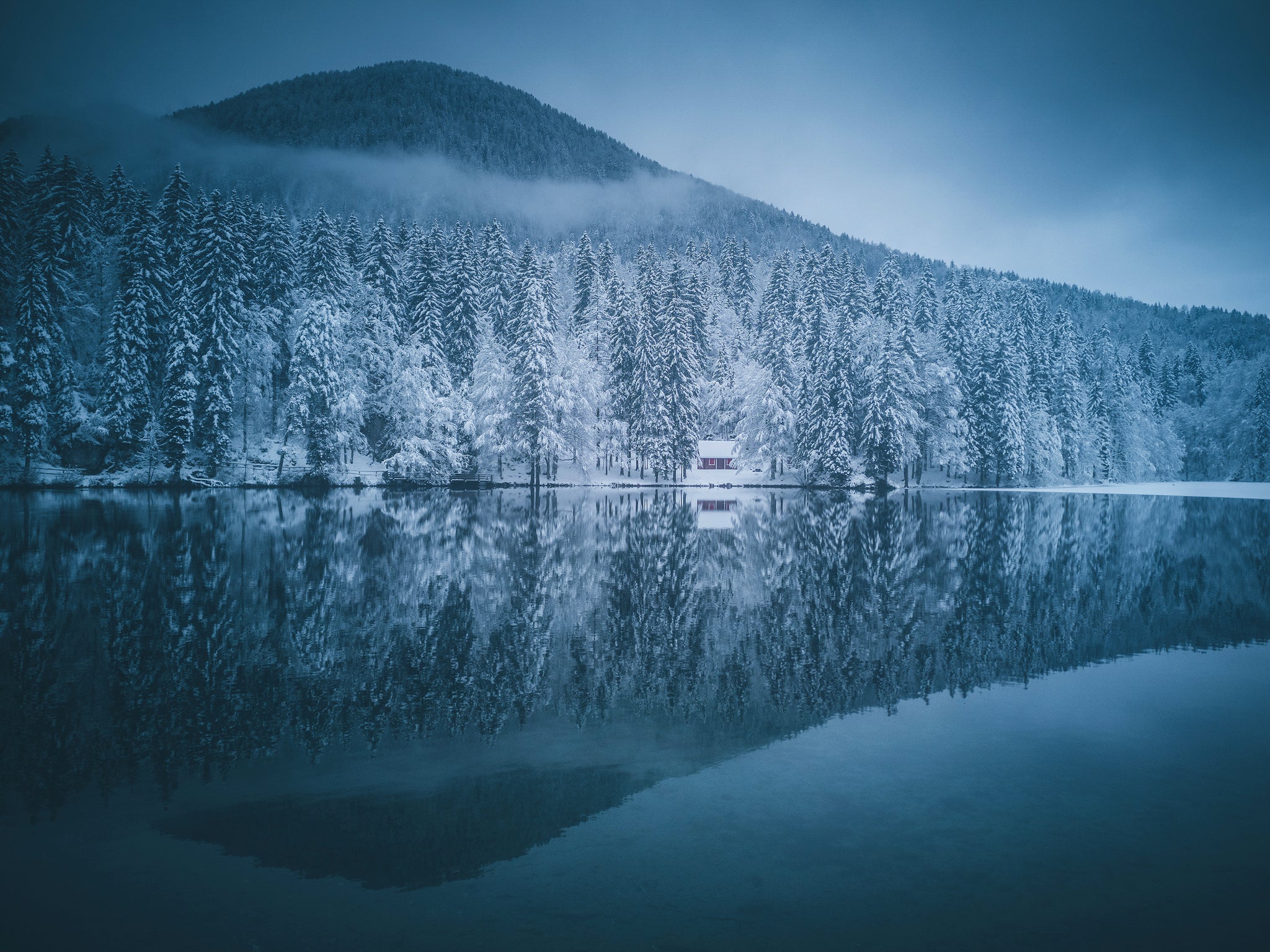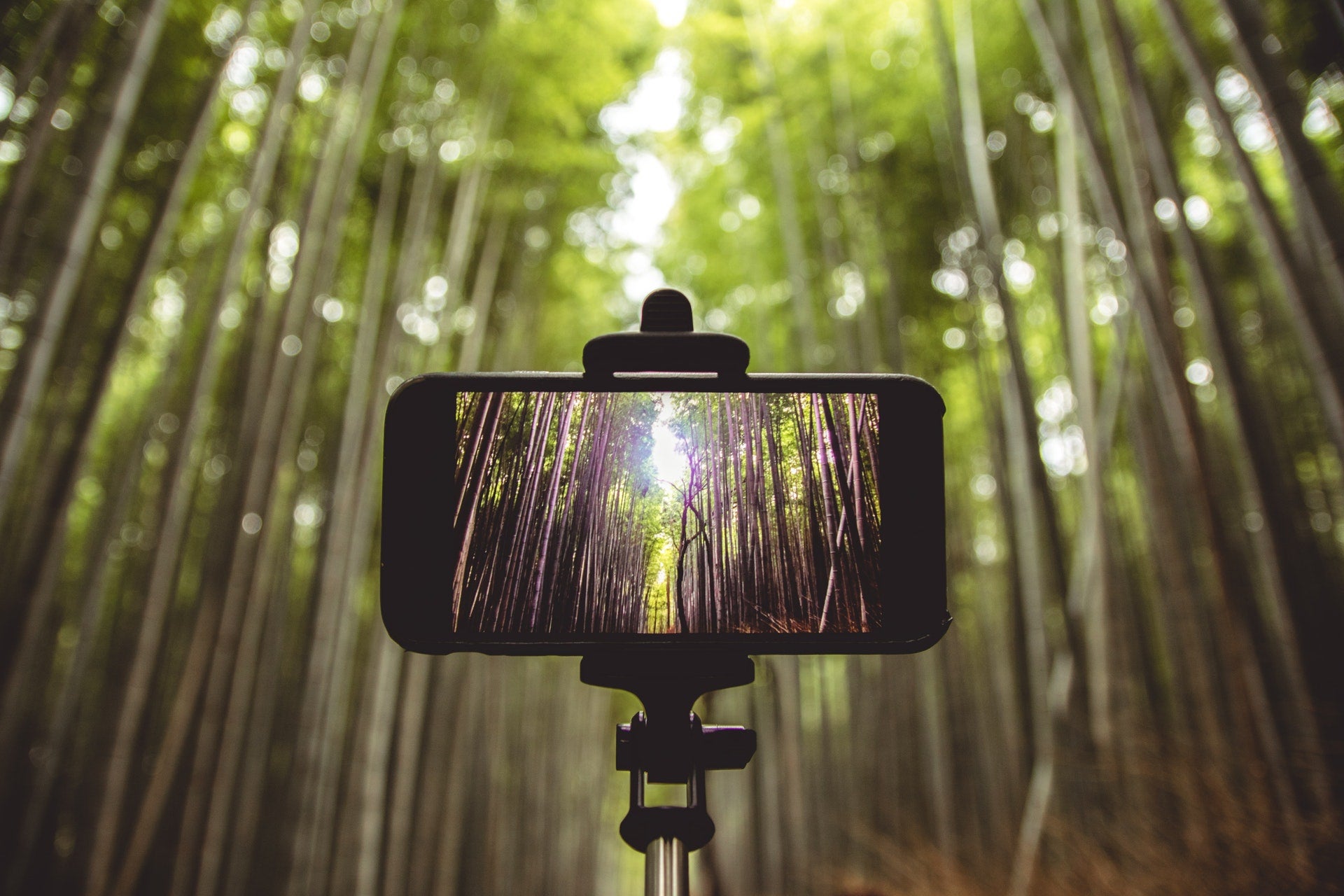
Landscape photography doesn’t always have to be limited to fancy camera gear and top-of-the-line equipment. Smartphones can do just as well, particularly if you’re in need of a photography assistant! Most people always have one on hand (or in their back pocket) and let’s face it – travelling in this day and age would be rather difficult without one.
- Discover this 12 Day Kyrgyzstan Photo Tour | Mountains, Lakes & Canyons
- Check out the Ultimate Guide to Composition in Photography
- Learn all about How to Make Money as a Landscape Photographer
The constant rate at which smartphones are being developed and improved has meant that digital cameras and photography has become accessible to everyone. The camera within your smartphone, no matter how big or small, is most likely more than capable of helping you to capture the landscape in Iceland. You can use it as a standalone piece of equipment or pair it with your DSLR to perform in-depth location scouting and to test compositions when you’re in the field.
What’s best is that even if you’re not a photographer, your smartphone’s camera will make it easy for you to take photographs as you travel in Iceland, to share your pictures online with family and friends back home, and even to make decent prints from your images with a minimal amount of editing required.
 Smartphones make it easy to take photos anywhere in the world. Photo by: 'Pixabay'.
Smartphones make it easy to take photos anywhere in the world. Photo by: 'Pixabay'.
However, with the speed that technology is improving these days, using a smartphone can be difficult and result in pure frustration at times. Whether you are a photographer with a DSLR or not, you may find yourself coming up against limitations as you try to take pictures using your smartphone in-field.
Taking pictures with your smartphone doesn’t have to be an entirely different ball game from any other form of photography though… just think of it as a different tool that you can use to help you take home amazing photos of the landscape in Iceland.
As with any DSLR, there are a few things to consider when using your smartphone for landscape photography. As long as you take note of our tips, then you’ll be on your way to mastering the camera in your smartphone in no time!
Tip #1: Clean the Lens
When taking a photo with your DSLR, keeping the lens clean is a necessity, so it only makes sense to keep the lens on your smartphone clean as well. The lens on your mobile phone can easily catch dirt, fingerprints and other smudges or grime during everyday use. These factors can and will affect the overall image quality.
As such, before you use your smartphone to take pictures of the landscape in Iceland, it’s important to make sure that the lens is clean of any oil, stains and other debris. A clean lens will result in clear and sharp photos – it’s as simple as that.
 Smartphone lenses need to be cleaned too. Photo by: 'Pixabay'.
Smartphone lenses need to be cleaned too. Photo by: 'Pixabay'.
Tip #2: Avoid Using the Zoom
You may be tempted to use the zoom function on your smartphone’s camera to tighten your composition but you know what? As with DSLR photography, your best compositional tool is actually your feet.
Although the camera on your smartphone may allow you to zoom in to a scene quite a bit, doing so will scatter the pixels and lead to a blurry image. In order to ensure sharp, clear photos, try moving closer to your subject within the landscape rather than using the zoom function. This will also allow you to capture the finer details within the environment.
 Avoid using the zoom on your smartphone camera. Photo by: 'Pxhere'.
Avoid using the zoom on your smartphone camera. Photo by: 'Pxhere'.
If you really do need to crop your image, then rather than zooming in, try doing it using a post-processing app after you’ve taken the photo. This will ensure that you’ll still have the original and all the details saved that you can play with and alter as much as you like later on.
Tip #3: Steer Clear of the Flash
These days, most smartphone cameras are equipped with a flash. They will also usually have a function whereby you can set the flash to fire automatically when your smartphone deems it necessary, to have it fire all the time, or to switch it off completely.
If possible, turn your smartphone’s camera flash off. Having the flash on can skew the colour temperature of your photos and even cause blurriness, depending on the duration of the flash.
Needless to say, a flash on your smartphone is not going to help you to take photos of the Northern Lights in Iceland. So rather than annoying everyone within the vicinity when your mobile phone flash lights up the surroundings at night, simply switch it off.
Tip #4: Adjust the Focus
It may not be immediately apparent when you’re using a smartphone, but just as with any other camera, you really need to adjust the focus of your image. To do so, simply tap the screen where your subject is within the frame. Most smartphones will refocus at the particular spot where you’ve touched. Some phones will allow you to lock the focus by pressing down on that point with a harder touch than normal. This will allow you to lock in your point of focus, even if you accidentally move or decide to recompose.
 Remember to set the focus on your smartphone. Photo by: 'Pixabay'.
Remember to set the focus on your smartphone. Photo by: 'Pixabay'.
It may take you several tries to get a sharp photo with your smartphone. If in doubt, take a few photos and review them later on to choose the sharpest one that you’ll be able to use for post-processing.
Tip #5: Alter the Exposure
Some smartphones will allow you to change the exposure of the scene, whereas some simply won’t. Depending on what kind of phone you’re using, you’ll either be able to set the exposure yourself, or you’ll run into a very frustrating barrier that may have you reaching for your DSLR and all of its flexibility.
When taking photos of the landscape, most smartphone cameras will bump up the exposure, resulting in overexposed skies and blown-out highlights. To change the exposure, you can simply meter from a darker part of the scene by tapping there with your finger. However, this doesn’t always work and it definitely won’t result in a perfect photo.
 Play with the exposure settings on your smartphone. Photo by: 'Good Free Photos'.
Play with the exposure settings on your smartphone. Photo by: 'Good Free Photos'.
If your phone allows you to manually adjust the exposure before you take a shot, then try sliding the exposure scale until you’re happy with the overall exposure of the scene. If you’re using an iPhone though, this feature won’t be apparent until after you’ve taken your shot, when you go in to edit it during post-processing… which kind of defeats the overall purpose of being able to adjust the exposure, really.
Tip #6: #nofilter
You may be tempted to add a fancy filter to your landscape photos but rather than tinkering with a predefined filter in an app like Instagram, why not do your own editing?
There are a number of mobile phone apps out there that will allow you to express yourself with your landscape photography of Iceland in a more natural and meaningful way. One app of note is Snapseed, though Adobe has also entered the mix by making Lightroom and Photoshop available on smartphones through the Creative Cloud. This will help you immensely to edit your photos, which makes landscape photography with a smartphone in Iceland all the more fun!
Tip #7: Playing with Accessories
Accessories can help to elevate your landscape photography with a smartphone to a whole new level. Some smartphones are difficult to hold, particularly for longer exposures, so consider using a small tripod. This will help you to keep your smartphone camera steady for sharp and beautiful pictures, while also reducing the risk of you dropping your phone.
Another accessory worth investing in is a lens add-on. Yes, removable lenses for your smartphone actually exist. When choosing a lens, keep in mind what you would like to achieve with your landscape photography in Iceland. Lens add-ons come in fisheye, macro and even wide-angle. They can help you to achieve whatever shot you desire and to expand upon your creativity as a whole!
Tip #8: Don’t Throw Composition Out the Door!
Using a smartphone camera doesn’t mean that you can discard the helpful rules of composition. Whether you’re using a camera phone or a DSLR, a good composition is essential to producing amazing landscape photos of Iceland.
As with DSLR photography, the rule of thirds is the easiest compositional tool to follow when using a smartphone. Most smartphones will even let you turn on a grid feature to make separating the sections of the landscape into thirds all the more easier. When framing up your shot, try to position your subject and other important features at points where the grid lines intersect. This will make for more compelling and eye-catching shots.
 Use the grid to help you compose on your smartphone. Photo by: 'Pexels'.
Use the grid to help you compose on your smartphone. Photo by: 'Pexels'.
Many smartphone cameras are wide-angle in nature, so just as you would with a DSLR, try getting down and low to emphasise the foreground. Look for leading lines that will draw the viewer’s eye into your shot and really make the most out of textures and other interesting elements within the Icelandic landscape.
If you can’t find the composition that makes you go ‘wow’, then try looking at the scene from a different perspective. Consider using different angles and moving your smartphone around until you are able to find an interesting view of the landscape. Experimentation is the key to finding a great composition; whether you choose to take the final photo with your smartphone, or if you are simply using your smartphone to find a composition to use with your DSLR, exploring the environment around you and trying out different angles is sure to help you come up with fascinating results.
Do you have any tips on landscape photography in Iceland with a smartphone? What about the best apps to help you process your smartphone pictures? Leave a comment below!
About the author: Serena Dzenis is a landscape photographer based in Iceland. You can find more of her work on her website or by following her on Facebook and Instagram.
Unleash your smartphone photography skills in Iceland. Check out our range of Photography Workshops, which are designed to get you to all the best places at all the right times!












